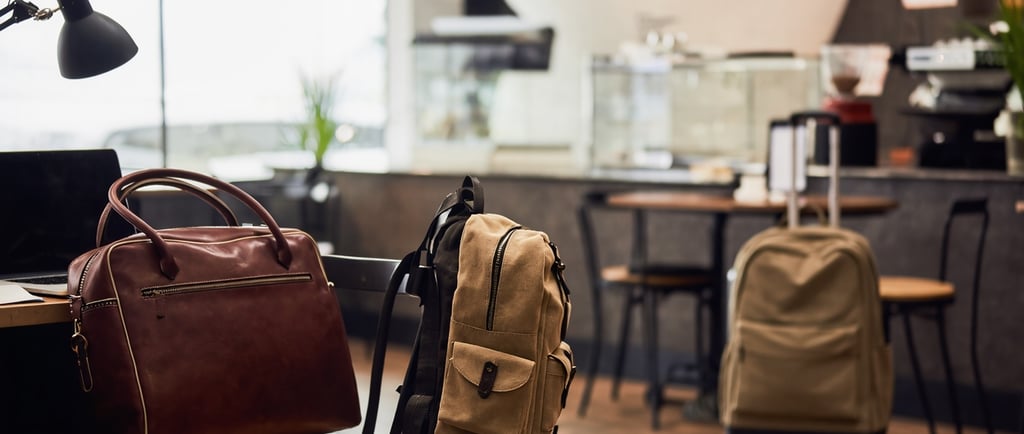How to Choose the Perfect Bag for Your Needs
Discover how to select the perfect bag tailored to your lifestyle. This guide covers practical tips on choosing based on purpose, material, size, comfort, and style while considering budget and sustainability. Whether for work, travel, or daily use, find the ideal blend of function and fashion.
Anny
1/16/20252 min read


Selecting the right bag can feel overwhelming with so many options available. The perfect bag isn’t just about style; it’s also about functionality, durability, and how well it fits your specific needs. Here are some tips to guide you in making the best choice.
1. Consider Your Purpose
The first step in choosing the right bag is identifying its primary use. Ask yourself:
Daily Use: Are you looking for a bag to carry essentials like a wallet, keys, and phone? A medium-sized crossbody bag or a compact backpack might be ideal.
Work: For professional settings, a leather tote, briefcase, or laptop bag provides a polished look and sufficient space for documents and gadgets.
Travel: A durable duffel bag, weekender, or rolling suitcase offers ample room and easy portability.
Special Occasions: Evening clutches or small handbags are perfect for weddings, parties, and other formal events.
2. Choose the Right Material
The material of a bag determines not only its appearance but also its durability and maintenance needs. Here are common options:
Leather: Known for its durability and timeless appeal, genuine leather is ideal for work and casual bags. If sustainability matters to you, consider eco-friendly leather options.
Canvas: Lightweight and versatile, canvas bags are great for casual outings and travel.
Nylon or Polyester: These synthetic materials are water-resistant and perfect for sports or outdoor activities.
Sustainable Options: Materials like cork leather or recycled plastics cater to environmentally conscious buyers.
3. Think About Size and Storage
Consider what you’ll need to carry and choose a bag with enough compartments and pockets to stay organized. If you commute or travel frequently, a larger bag with multiple compartments is essential. For everyday use, a smaller, lighter bag may suffice.
4. Check for Comfort and Fit
No matter how beautiful a bag looks, if it’s uncomfortable to carry, it’ll stay in the closet. Check for:
Strap Length and Width: Adjustable straps can make a big difference in comfort. Wider straps distribute weight more evenly.
Weight: A bag that’s too heavy when empty will be a burden when filled.
Fit: If it’s a backpack, look for padded straps and ergonomic designs.
5. Durability and Quality
Inspect the bag’s construction:
Check the stitching, zippers, and hardware. High-quality bags often have reinforced stitching and metal zippers.
Water-resistant or waterproof materials are a bonus, especially for travel or work bags.
Look for brands with a reputation for durability.
6. Reflect Your Style
Your bag is an extension of your personal style. Choose colors, patterns, and designs that match your wardrobe and personality. Neutral colors like black, tan, and navy are versatile and timeless, while bold patterns or bright colors can make a statement.
7. Budget Wisely
Determine your budget before you start shopping. While high-quality bags often come at a higher price, they’re usually more durable, making them a better investment in the long run. If you’re on a tight budget, explore sales or second-hand options for premium brands.
8. Sustainability Matters
If you’re eco-conscious, look for brands that prioritize sustainability. Bags made from recycled materials, ethically sourced leather, or alternative materials like cork or hemp are excellent choices.
Final Thoughts
Choosing the perfect bag doesn’t have to be stressful. By considering your needs, preferences, and values, you can find a bag that’s both practical and stylish. Take your time, do your research, and remember: the right bag isn’t just an accessory—it’s a companion for your daily adventures.
Sustainability
Crafting fine leather bags with a commitment to sustainability.
Contact
Join
© 2023. All rights reserved.
